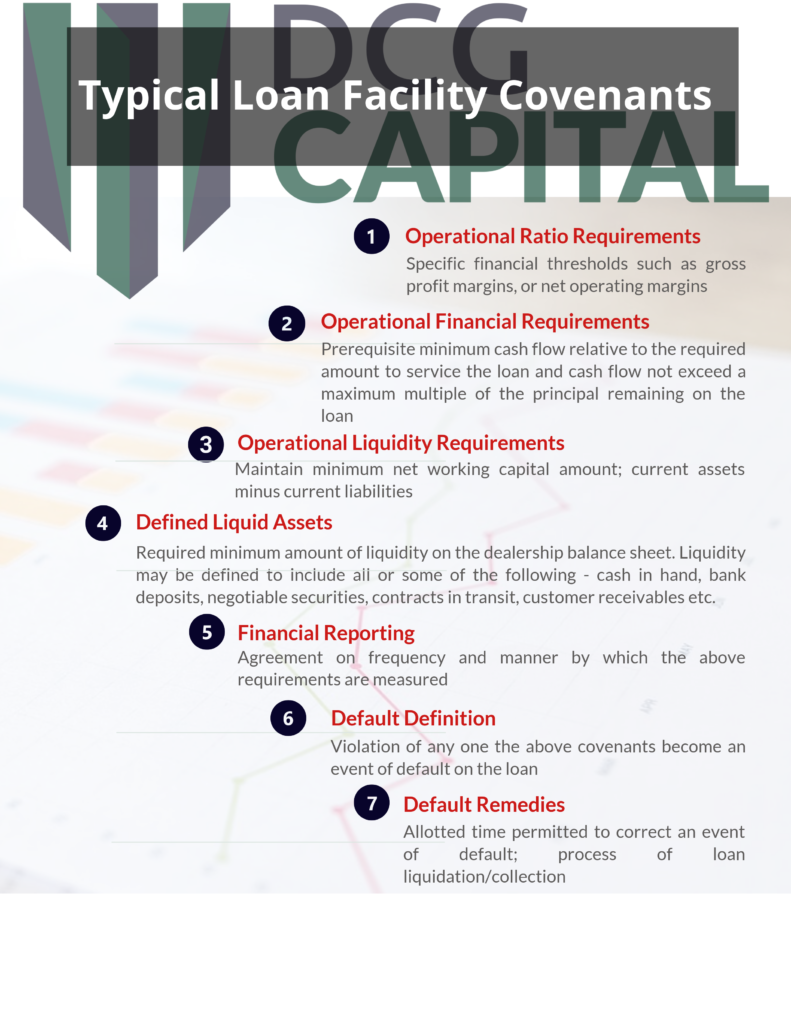
Is your bank giving you the absolute best rates?
Unless you are constantly comparison shopping interest rates, it is impossible to know.
“Banks are in business to earn a profit for their shareholders, just as you are,” said Leonard Seawell, Executive Manager at DCG Capital. “The way a bank earns a profit is by maximizing the return on their earning assets (the interest on loans to their customers) and minimizing the cost of their liabilities (the interest paid on deposits placed in the bank by their customers).”
These lending rates are bench-marked off the much-lower federal-funds rate, the rate which banks pay to borrow from the Federal Reserve. Additional factors that affect borrower’s interest rates include the overall financial health of the business and history of full and timely payment of debts.
Lending institutions profit by offering loans priced on the spread differential between assets and liabilities to borrowers that are growing, well-managed, and able to repay the interest rate on those loans. “There is nothing wrong with the inherent conflict between what is in the banks best interest and what is in your best interest, but to deny that it exists is foolish,” noted Seawell.
In any competitive market, be it selling new and used automobiles or lending money to fund business growth, there are many buyers and sellers, and transparent prices. DCG Capital aims to leverage this competition to the benefit of its dealer clients.
“You compete with the other automobile dealers in your market that compete for your customers’ business,” Seawell added. “If you had no competition, how would you price your product to your customers? The best way to ensure that you are getting the absolute best terms and conditions on your borrowing that you need to grow your business is to allow the banks to compete for your business.”
“We give clients the opportunity to get competitive pricing by going out in the lending market and procuring bids on financing.”
Of course, there is much more to a financing agreement than just the interest rate. Borrowing facility structures can vary by lender, with capital requirements, auditing procedures and rules in place – including remedies – in the event of technical default.
“Obtaining bank financing involves entering into an agreement with a bank that includes much more than a simple interest rate and term for repayment,” noted Seawell. “There will always be loan covenants; the rules under which the working relationship between the borrower and the lender will function.”
“These are just a few of the many examples of loan covenants that must be considered when choosing the ‘best’ financing for a particular situation,” summed Seawell.












